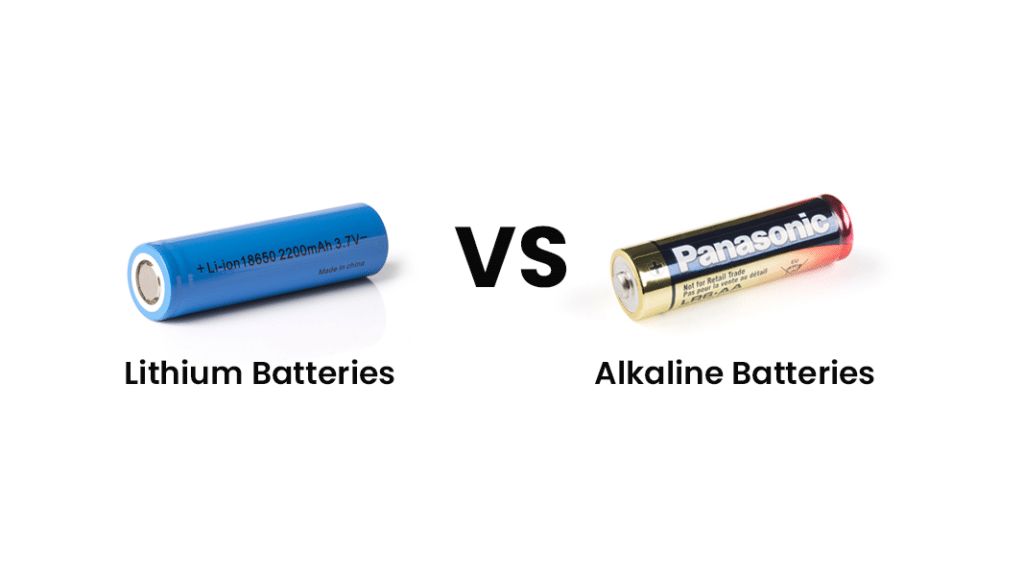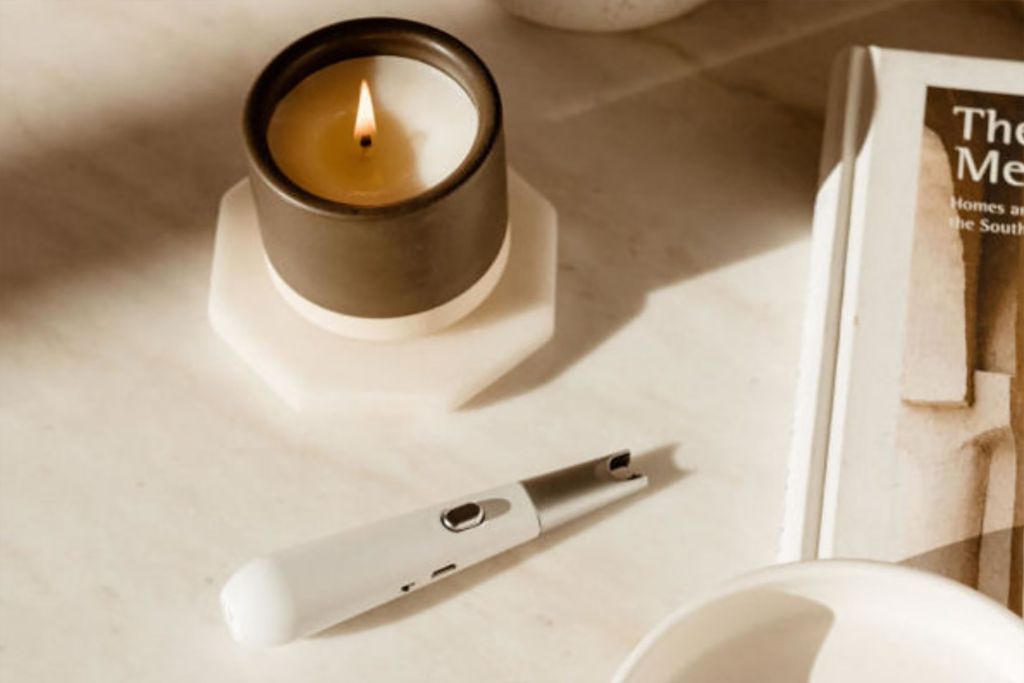What Are The Best Batteries For Flameless Candles?
Flameless candles have become increasingly popular over the last decade as an alternative to traditional wax candles. Unlike regular candles, flameless candles do not have a real flame that burns. Instead, they use LED lights to mimic the look of a flickering flame. The LED lights are powered by batteries housed within the candle body.
Flameless candles offer several advantages over traditional candles. They do not require an open flame, making them much safer to use. There is no smoke, soot, or dripping wax. They also last much longer since the LEDs can operate for thousands of hours compared to a candle wick burning out in hours. Flameless candles come in all shapes and sizes, from votives to pillars, providing the ambiance of candles without the fire risk.
This article will provide an overview of the best battery options for powering flameless candles. We’ll compare alkaline, lithium, and rechargeable batteries in terms of performance, longevity, and cost-effectiveness. Tips for maximizing battery life will also be provided. The goal is to help readers determine the right battery choice for their flameless candle needs.
How Flameless Candles Work
Flameless candles use LED technology to simulate the look of a real candle flame. Inside the candle is a small LED light powered by batteries. The LED light shines up through fake wax to create a warm, flickering glow that mimics a real flame.
The LED bulb contains a small circuit board that is programmed to flicker the light in a randomized pattern to make it look more natural and lifelike. This flickering effect is what gives flameless candles their realistic ambiance.
Some flameless candles have multiple LEDs to create a brighter light source. Additional LEDs also allow the light to flicker in more complex patterns for an even more realistic flame effect. The LEDs are very energy efficient and can run for long periods of time on battery power.

Flameless candles use batteries to power the internal LEDs. Typical batteries used include alkaline, lithium, or rechargeable NiMH or Li-ion batteries. The batteries connect to the circuit board to provide electricity to light the LED bulb. Providing the right batteries with ample power is key to maximizing the candle’s burn time.
Battery Options for Flameless Candles
When it comes to choosing batteries for flameless candles, you have a few different options to consider:
Alkaline Batteries
Alkaline batteries are the most common and affordable option for flameless candles. They provide decent battery life at a low cost. The downside is that they cannot be recharged. Once an alkaline battery has been depleted, it needs to be replaced.
Lithium Batteries
Lithium batteries are a step up from alkaline in terms of cost and performance. They have a longer shelf life and provide longer runtimes for flameless candles. Lithium batteries also perform better in cold temperatures. The tradeoff is their higher upfront cost compared to alkaline batteries.
Rechargeable Batteries
Rechargeable batteries like NiMH are an eco-friendly choice for flameless candles. They can be reused over and over by recharging them, eliminating the need to buy new disposable batteries. The drawback is that rechargeable batteries gradually lose maximum capacity over time.
Alkaline Batteries
Alkaline batteries are one of the most common and widely available battery options for flameless candles. They have several benefits that make them a top choice:
Benefits:
- Low cost – Alkaline batteries are inexpensive, especially when purchased in bulk.
- Wide availability – You can find alkaline batteries in just about any retail store that sells batteries, from supermarkets to pharmacies to big box stores.
- Decent performance – Alkaline batteries provide a steady voltage output for a reasonable amount of time in flameless candles.
- No memory effect – Alkaline batteries can be used for intermittent periods without losing capacity over time.
Drawbacks:
- Limited lifespan – Alkaline batteries tend to last for 30-100 hours in flameless candles, less than lithium or rechargeable options.
- Not rechargeable – Alkaline batteries are single-use only and must be replaced once depleted.
- Temperature sensitivity – Extreme temperatures can impact alkaline battery performance and lifespan.
Best Uses:
- Short-term or intermittent use – Alkaline batteries are a good option if you use your flameless candles for only a few hours at a time.
- Candles used in temperate conditions – Avoid alkaline batteries if candles will be exposed to temperature extremes.
- Cost-sensitive situations – When you need an inexpensive battery option, alkalines are the way to go.
Lithium Batteries
Lithium batteries are often considered one of the best battery options for flameless candles. Here are some of the key benefits, drawbacks and best uses for lithium batteries in flameless candles:
Benefits:
- High energy density – Lithium batteries can store a lot of power for their small size.
- Long shelf life – They retain their charge well over time.
- Low self-discharge – They maintain power while in storage.
- Constant power delivery – They provide unwavering power output.
Drawbacks:
- More expensive than alkaline batteries.
- Generally not rechargeable.
- Can be dangerous if mishandled or damaged.

Best Uses:
- Longer lifespan flameless candles.
- Candles used infrequently.
- Battery operated candles stored for long periods.
Lithium batteries are a pricier option, but provide unmatched performance. Their long shelf life and power delivery make them ideal for flameless candles that you want to function reliably even after months of storage.
Rechargeable Batteries
Rechargeable batteries like Nickel-Metal Hydride (NiMH) are a popular choice for flameless candles. They offer some key benefits:
- Cost savings – Since they can be reused over and over, you save money in the long run compared to disposable batteries.
- Environmentally friendly – Rechargeables reduce waste and are better for the environment.
- Reliable power – NiMH batteries maintain consistent power output throughout their life.
However, there are a few drawbacks to consider:
- Higher upfront cost – The initial investment in the batteries and charger is more expensive.
- Recharging takes time – It can take several hours to fully recharge NiMH batteries.
- Self-discharge – If not used regularly, rechargeables lose power more quickly than alkalines when sitting idle.
The best uses for rechargeable NiMH batteries in flameless candles are:
- Candles used daily or very regularly – Frequent use allows the batteries to stay charged.
- Candles in hard-to-reach locations – Avoid having to frequently change batteries in difficult spots.
- Large multi-wick candles – The high capacity of NiMH is well-suited for more power-hungry candles.
Rechargeable NiMH batteries offer a reusable, eco-friendly solution for flameless candles that see regular use. Just be aware of the extra initial investment and occasional recharging required.

Battery Life Expectancy
The battery life of a flameless candle can vary greatly depending on several factors:
Candle Size: Large pillar-style flameless candles will use more battery power and drain batteries faster than small votive-size candles. The more LED lights a candle has, the more battery power it requires.
Light Settings: Most flameless candles have different light modes that can be cycled through, like steady on, flickering, fading, and chasing lighting effects. Settings that are in constant motion like a flickering flame tend to drain batteries faster than a steady on light.
Battery Type: Alkaline batteries typically last between 30-100 hours in a flameless candle, lithium batteries can last 100-200 hours, while rechargeable NiMH batteries may only last 15-20 hours per charge. Higher capacity battery types mean longer run times.
Using higher quality, brand name batteries rated at 2000+ mAh capacity can extend the battery life significantly over cheaper generic batteries with less capacity. Paying a little more upfront for premium batteries can save money and hassle over constantly replacing cheap drained batteries.
Testing the actual battery life of your specific flameless candles will give you real world expectations. But in general, larger pillar-style candles with complex lighting effects will require more frequent battery changes compared to small votive candles running on steady light.
Maximizing Battery Life
Here are some tips for getting the most life from whichever battery you use in your flameless candles:
-
Avoid turning the candles on and off frequently. The startup surge shortens battery life more than leaving them on. Only turn them off when not needed for extended periods.
-
Use the timer function if available. This allows the candles to automatically turn on and off at set times.
-
Keep batteries in a cool, dry storage place when not in use. High heat and humidity can drain batteries prematurely.
-
Remove batteries from the candles if storing them long-term. Batteries can leak over time if left in place.
-
Clean the battery contacts in the candles periodically. Grease, dirt and corrosion on the contacts can affect power flow.
-
Avoid low-quality no-name batteries. They tend to have much shorter lifespans.
-
Test batteries with a voltmeter if battery life seems to be decreasing. Replace batteries before they dip below the 1.25V threshold.
-
Do not mix old and new batteries. Always replace all batteries at the same time.
Following these tips will help extend battery life for any type of battery used in flameless candles.
Recommendations
When selecting batteries for your flameless candles, consider how you plan to use them and your specific needs. Here are some recommendations for the best battery types for different candle uses:
For Occasional Use
If you only use your flameless candles sparingly, standard alkaline batteries are a good option. Opt for name brand alkaline batteries like Energizer or Duracell for the longest life. Alkalines provide around 200 hours of use.
For Frequent or Extended Use
For candles used multiple times per week or for long durations, lithium batteries are a better choice. Lithium batteries offer up to 500 hours of candle burn time. The extended life makes them ideal for flameless candles used often.
For Remote Placement
For flameless candles placed in hard-to-reach spots, rechargeable batteries are convenient. You can recharge and reuse the batteries rather than frequently replacing hard-to-access batteries. Opt for quality rechargeable nickel metal hydride (NiMH) batteries and a compatible charger.
For Essential Lighting During Outages
During power outages, flameless candles can provide needed light. For reliable essential lighting, use lithium batteries. The 10+ year shelf life ensures the batteries will be ready when you need them. Lithiums offer bright, long-lasting power when regular lighting fails.
Choose the battery type that best suits your specific flameless candle uses. Properly powering your candles ensures bright, reliable illumination whenever you need it.
Conclusion
In conclusion, choosing the right batteries for your flameless candles is important for performance and longevity. The key points are:
- Alkaline batteries provide decent performance at a low cost, but have shorter lifespan.
- Lithium batteries last 3-4 times longer than alkaline, providing more value over time.
- Rechargeable NiMH batteries are eco-friendly and pay for themselves after several recharges.
- Higher mAh ratings and name brands like Energizer extend battery life expectancy.
- Turning candles off when not in use preserves battery power.
By opting for long-life lithium or rechargeable batteries, you can minimize battery costs and waste while enjoying brighter, longer-lasting performance from your flameless candles.





